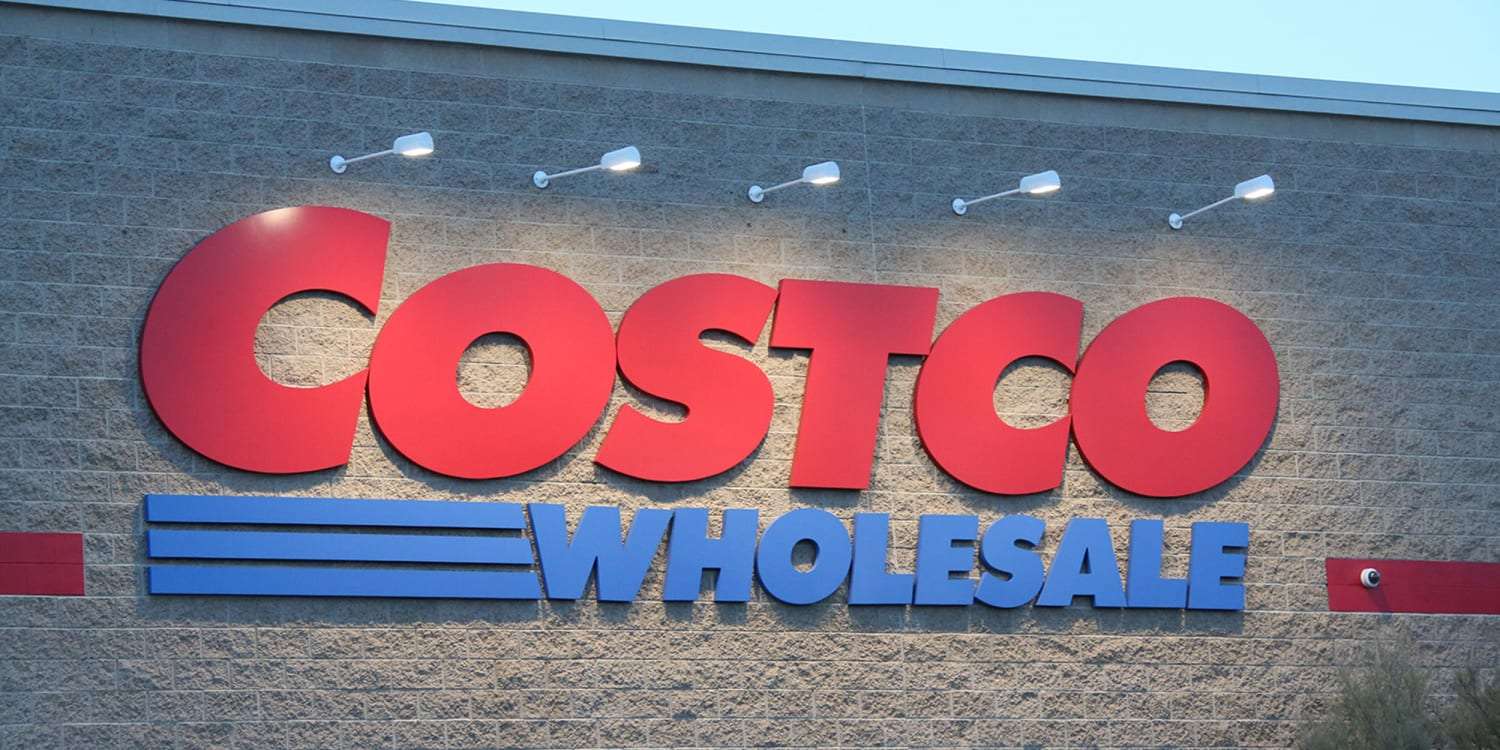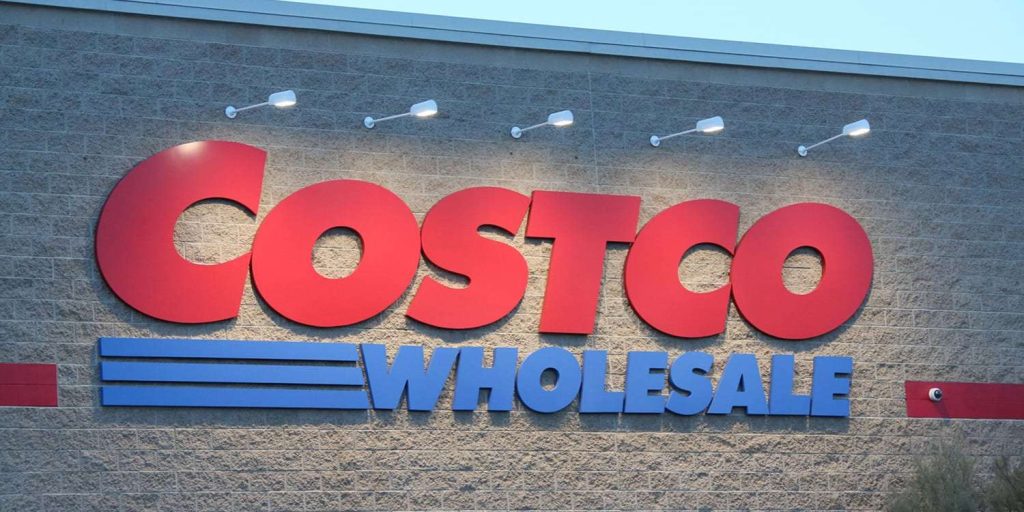Revenue spikes look great on a spreadsheet. But Customer Lifetime Value (CLV) is what tells you whether your business is truly built to last.
Most companies obsess over quarterly sales, ad spend, and campaign metrics. But here’s the truth: if your customers don’t come back, those wins are short-lived. It’s a sugar high, not sustainable growth.
Costco’s long game
Costco takes a completely different approach.
They don’t just want one-time shoppers. They want members for life. The foundation of their business isn’t flashy ads or deep discounts, it’s their membership model.
Customers pay to join, and once inside, Costco makes sure the value keeps compounding: bulk savings, exclusive products, in-house brands, and an experience designed to feel like you’re always getting more than you pay for.
The results? Costco’s renewal rate is consistently around 90%+ in the U.S. and Canada. Nearly every customer they acquire stays, year after year, spending more each time. The CLV of a Costco member dwarfs the value of a one-off supermarket shopper.
Why it works
Costco invests in the long game. They understand that:
– A loyal member spends far more over their lifetime than a casual customer.
– Renewals drive predictable revenue and reduce business risk.
– A strong CLV model creates resilience, even when acquisition costs rise.
It’s no coincidence Costco spends far less on traditional advertising than other retailers. Their growth isn’t driven by customer acquisition cost (CAC). It’s fueled by customer lifetime value.
The takeaway
Too many businesses still measure success by how many customers they get, not how many they keep—or how much those customers are worth over years.
CLV is the metric that matters. Revenue today is exciting. But revenue over years is survival.
If you’re not tracking, growing, and compounding customer lifetime value, you’re building your business on sand.





